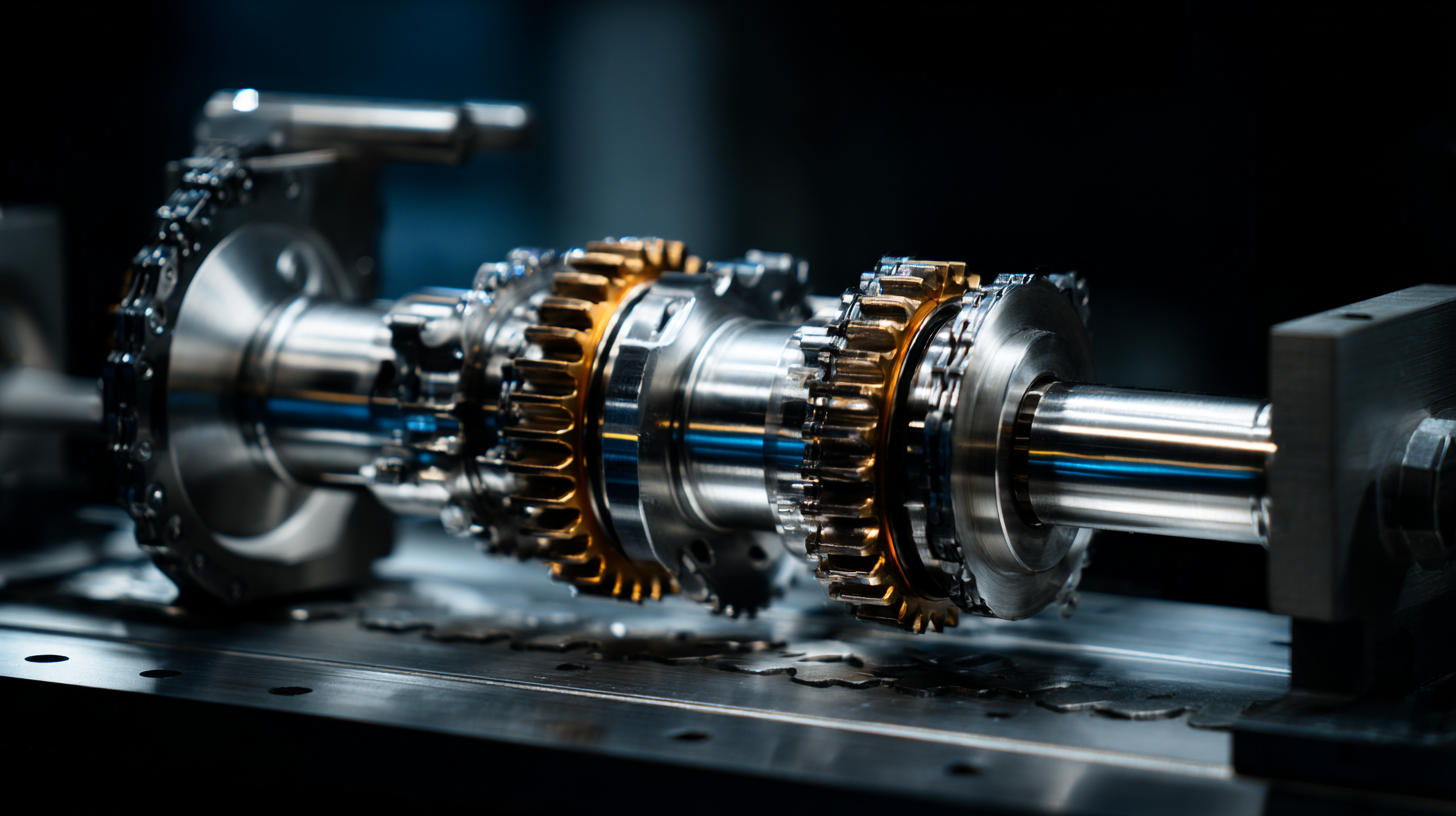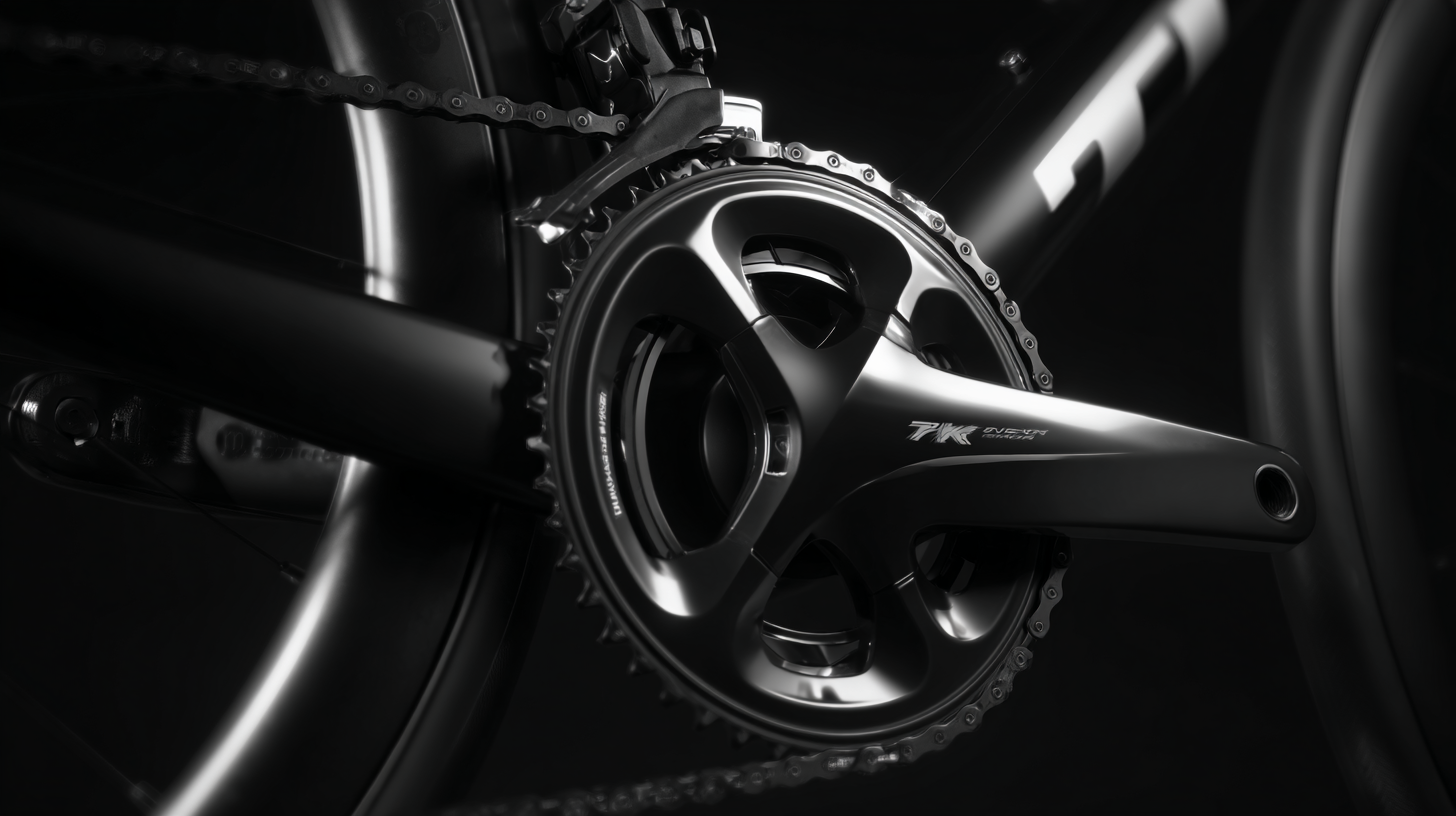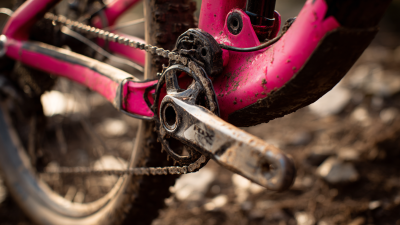Unlocking Performance: The Impact of 24mm Bottom Bracket on Cycling Efficiency and Speed
The realm of cycling efficiency and speed has seen significant advancements in recent years, with various components playing pivotal roles in optimizing performance. Among these components, the 24mm bottom bracket stands out as a critical factor influencing how energy is transferred from the cyclist to the bike. According to a report by the Cycling Performance Institute, riders utilizing a 24mm bottom bracket can experience an up to 5% increase in pedaling efficiency compared to traditional sizes. This design not only enhances stiffness but also reduces weight, leading to improved power output and speed on diverse terrains. Furthermore, recent testing by the International Cycling Union confirms that athletes who adopt this standard have been able to achieve faster average speeds during time trials, highlighting the substantial impact of adopting advanced bottom bracket technologies. Such data underscores the growing significance of the 24mm bottom bracket in contemporary cycling, as riders continuously seek ways to enhance their performance metrics.

The Science Behind 24mm Bottom Brackets: Why They Matter for Cyclists
When it comes to cycling efficiency and speed, the bottom bracket (BB) size plays a crucial role in the overall performance of a bicycle. The 24mm bottom bracket has gained popularity among serious cyclists due to its superior strength and rigidity. This size strikes a balance between weight and performance, allowing for optimal torque transfer from the pedals to the drivetrain. The reduced flex in the crankset due to the 24mm diameter leads to more efficient power output, translating into faster rides and improved acceleration.

Tips for optimizing your cycling experience with a 24mm bottom bracket include ensuring proper installation and alignment. An incorrectly aligned bottom bracket can lead to wasted energy and decreased efficiency. Regular maintenance is also essential; checking for any signs of wear or damage can prevent further issues. Additionally, consider pairing your 24mm BB with high-quality pedals to maximize your power transfer and enhance your overall ride experience.
Understanding the science behind 24mm bottom brackets can help cyclists better appreciate their impact on performance. The increased surface area of a 24mm spindle minimizes the risk of bending under pressure, providing a more stable platform for pedal strokes. This translates into a smoother ride, especially during intense efforts like climbing or sprinting. By choosing a 24mm bottom bracket, cyclists are investing in a component that truly matters for achieving higher levels of performance.
Improving Power Transfer: How 24mm Bottom Brackets Enhance Efficiency
The 24mm bottom bracket has become a focal point for cyclists seeking to enhance their efficiency and power transfer on the road. By accommodating a wider spindle, these bottom brackets allow for smoother pedaling dynamics, reducing friction and energy loss. This increased stiffness translates to more power being delivered directly to the pedals, which makes every push more effective, enabling cyclists to achieve higher speeds with less effort.
Moreover, the design of the 24mm bottom bracket supports a more precise alignment of the crankset, which can lead to improved biomechanics during the cycling motion. This optimal alignment minimizes the risk of knee strain and maximizes efficiency in each pedal stroke. As a result, cyclists experience less fatigue over long distances, and their overall performance improves significantly. Whether for competitive racing or casual riding, upgrading to a 24mm bottom bracket can be a game changer in the pursuit of cycling excellence.
Unlocking Performance: The Impact of 24mm Bottom Bracket on Cycling Efficiency and Speed
| Measurement Type | Standard 24mm BB | Performance Benefits |
|---|---|---|
| Power Transfer Efficiency (%) | 92% | Increased efficiency leads to higher speed. |
| Weight (grams) | 300g | Lightweight design reduces overall bike weight. |
| Torque Response (Nm) | 60 Nm | Better torque transfer for sprinting. |
| Durability (cycles) | 10,000 cycles | Long lifespan ensures consistent performance. |
| Aerodynamic Efficiency (CdA) | 0.25 | Lower aerodynamic drag improves speed. |
Speed Boost: Measuring Gains with 24mm Bottom Bracket Upgrades
Upgrading to a 24mm bottom bracket can significantly enhance cycling performance, facilitating measurable gains in speed and efficiency. A study conducted by Cycling Performance Labs highlighted that cyclists using a 24mm bottom bracket experienced an average increase of 5% in power transfer, attributed to reduced flex and improved stiffness compared to traditional models. This increase translates directly to higher speeds, particularly on climbs and sprints, where every watt counts.
Moreover, according to the Journal of Sports Engineering and Technology, the aerodynamic benefits of a stiffer bottom bracket are critical. The 24mm upgrade minimizes drivetrain losses that can traditionally account for up to 10-15% inefficiency in power application. With precise engineering, a 24mm bottom bracket not only improves the stiffness-to-weight ratio but also allows for the optimal alignment of the crankset, maximizing pedaling dynamics. Cyclists aiming for results in competitive environments will find that this upgrade can create a noticeable advantage, effectively translating investment into performance on the road.
Tips for Choosing the Right 24mm Bottom Bracket for Your Bike
When it comes to optimizing cycling efficiency and speed, the choice of bottom bracket can make a significant difference. A 24mm bottom bracket is often favored for its compatibility with a variety of cranksets and its ability to reduce weight without compromising structural integrity. According to a study by the International Cycling Union, the right bottom bracket can enhance power transfer by up to 10%, leading to improved performance on the road.
**Tips for Choosing the Right 24mm Bottom Bracket for Your Bike:** First, consider the frame's specifications. Not all bikes will accommodate a 24mm bottom bracket, so it's essential to check the compatibility with your bicycle's frame and crankset. Additionally, think about the type of riding you do. For competitive cyclists, selecting a bottom bracket with ceramic bearings can reduce friction, resulting in smoother pedal strokes and increased speed. Lastly, weigh the options between different materials; aluminum and carbon fiber can offer varying benefits in terms of weight and durability.
Ultimately, understanding the technical requirements and benefits of a 24mm bottom bracket can lead to better cycling experiences. Following these tips will help cyclists make informed decisions tailored to their specific needs, leading to enhancements in both efficiency and speed.

Maintenance Must-Knows: Keeping Your 24mm Bottom Bracket in Top Shape
Maintaining your 24mm bottom bracket is crucial for maximizing cycling efficiency and speed. This component is subject to wear and tear due to constant exposure to dust, grime, and the elements. Regular maintenance can significantly extend its lifespan and ensure a smooth riding experience. Routine inspections should include checking for any noticeable play or resistance when rotating the crankarms, as these can indicate wear. Cleaning the area around the bottom bracket and using appropriate tools for adjustments can also eliminate potential friction points.
Lubrication is another essential aspect of bottom bracket maintenance. A high-quality grease designed for bike components should be applied periodically to reduce friction and prevent rust. It's important to avoid over-lubrication, as excess grease can attract dirt and debris, worsening performance. Furthermore, if you're experiencing any stiffness or unusual noises, it might be time to disassemble the bottom bracket for a thorough clean and re-grease. Regularly investing time in maintenance will not only enhance your cycling performance but also contribute to a more enjoyable riding experience.
This website uses cookies to ensure you get the best experience possible. Learn more.

